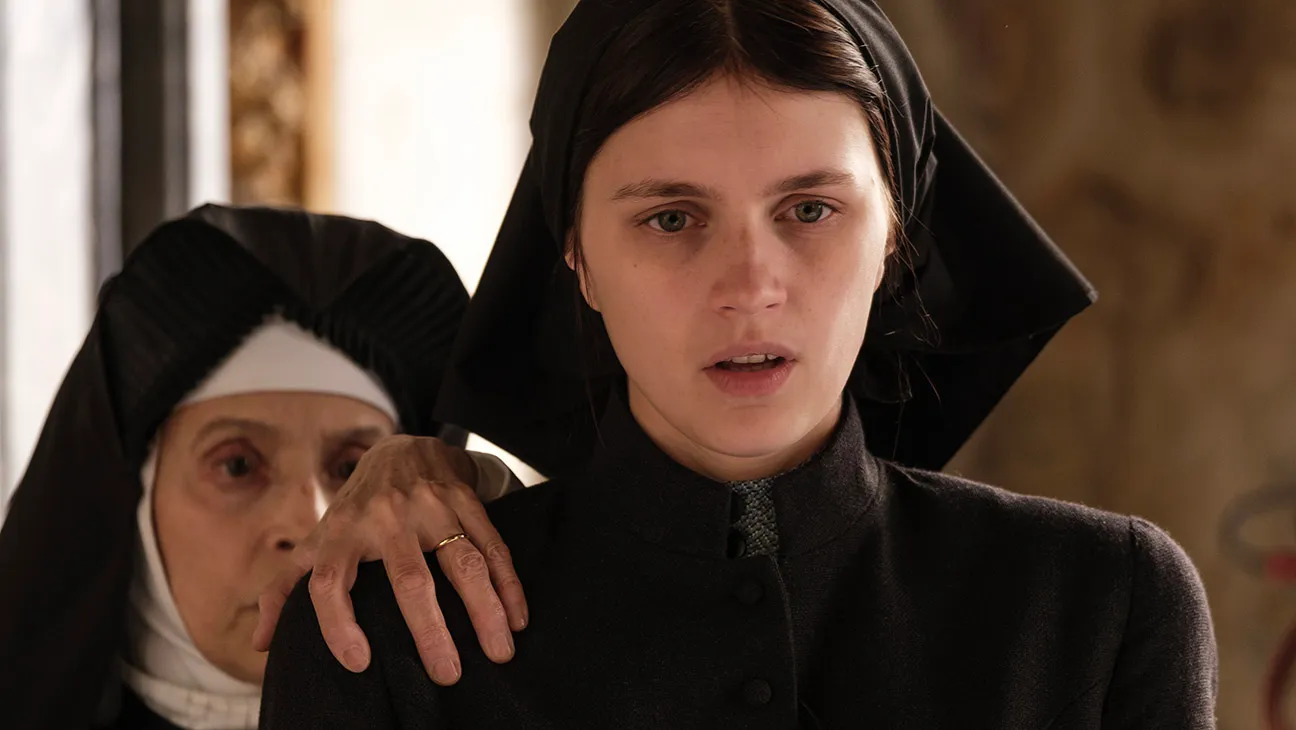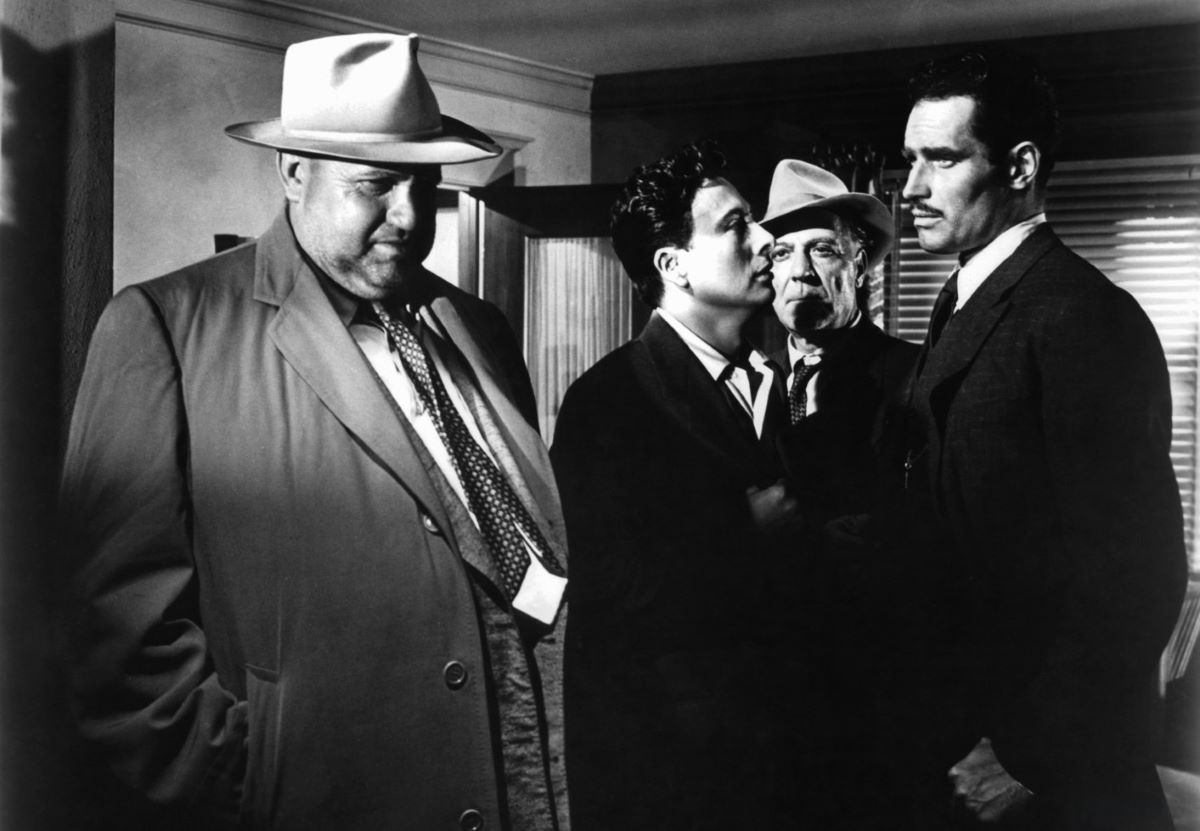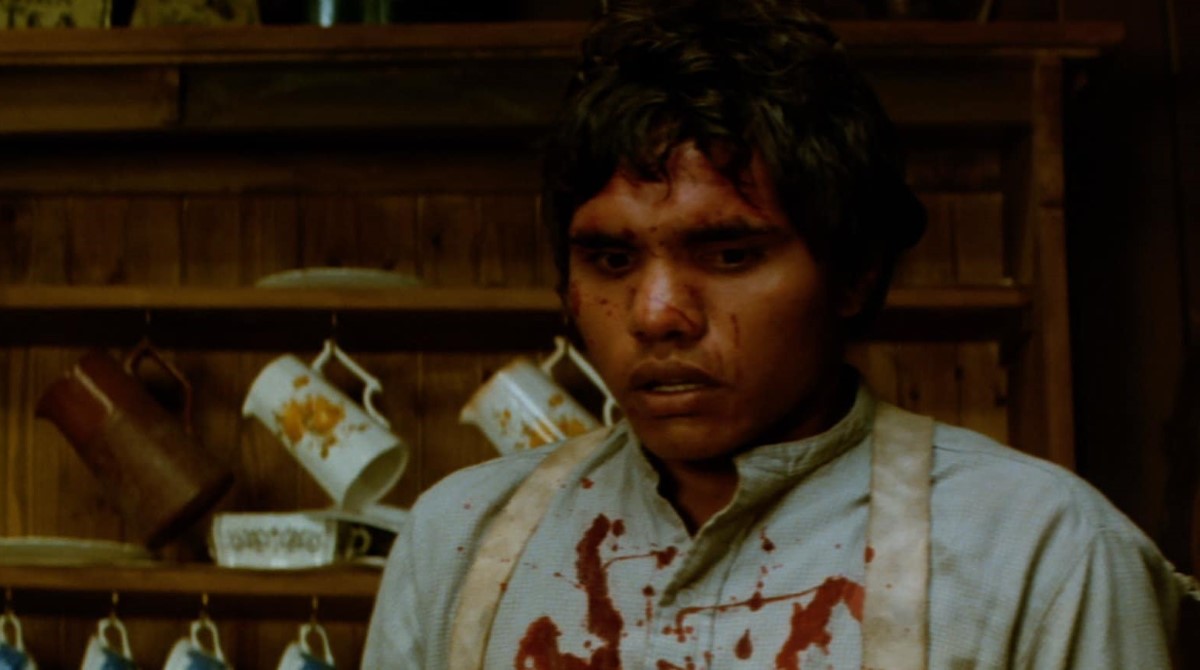Inevitably, in a saga that has generated 4 films, a remake, and a TV series, the arrival of the prequel was awaited, but The First Omen is quite an unusual film compared to the commercial horror scene, especially serial horror, due to its choice of themes and the way it presents them.
Directed by newcomer Arkasha Stevenson (with experience in shorts and TV series with a high aesthetic elaboration), the film stars Margaret (Nell Tiger Free), a novice sent to Rome to take her vows while working in a school for orphaned girls. Here, she meets Carlita (Nicole Sorace), a shady and dark girl who seems to be at the center of a demonic affair linked to the orphanage and those who run it, Sister Silvia (Sonia Braga). Written by the director with Tim Smith and Keith Thomas, The First Omen ties to the saga because it tells how Damien, the Antichrist whom Gregory Peck adopts at the beginning of the first film in 1976, came to be.
What makes the film different from mere continuation or anticipation of an imaginary is the relationship between the female figures that populate it, primarily Margaret and Luz, two novices who discover their femininity and their vocation through the body, traveling the path of physical denial through discovery, giving, and knowing themselves before hiding from the world. It seems like an independent reflection with respect to the genre, and certainly unusual for a commercial work, but it fits into the story of demonic maternity that the film outlines, of female bodies dominated, controlled, and manipulated in obscene ways by power.
Certainly, it’s a theme very close to the spirit of the times, but Stevenson is not interested in denunciation or feminist pamphlets, as much as in pushing the genre’s limits, unsettling the typical viewer, telling them things they do not expect in aesthetically unusual ways: sure, the ending does not lack any of the elements of the satanic circus, but before that, the way of conceiving suspense, of designing it, of caring for the images (the first monstrous birth is rather strong, although the editing softens it) shows a hand and a viewpoint to watch out for, as can be seen from the atmospheres and the way of directing the actors. If we have to think of a way to revive the banality of fear, this seems quite suitable.
Emanuele Rauco
Cinematografo, 4 aprile, 2024





